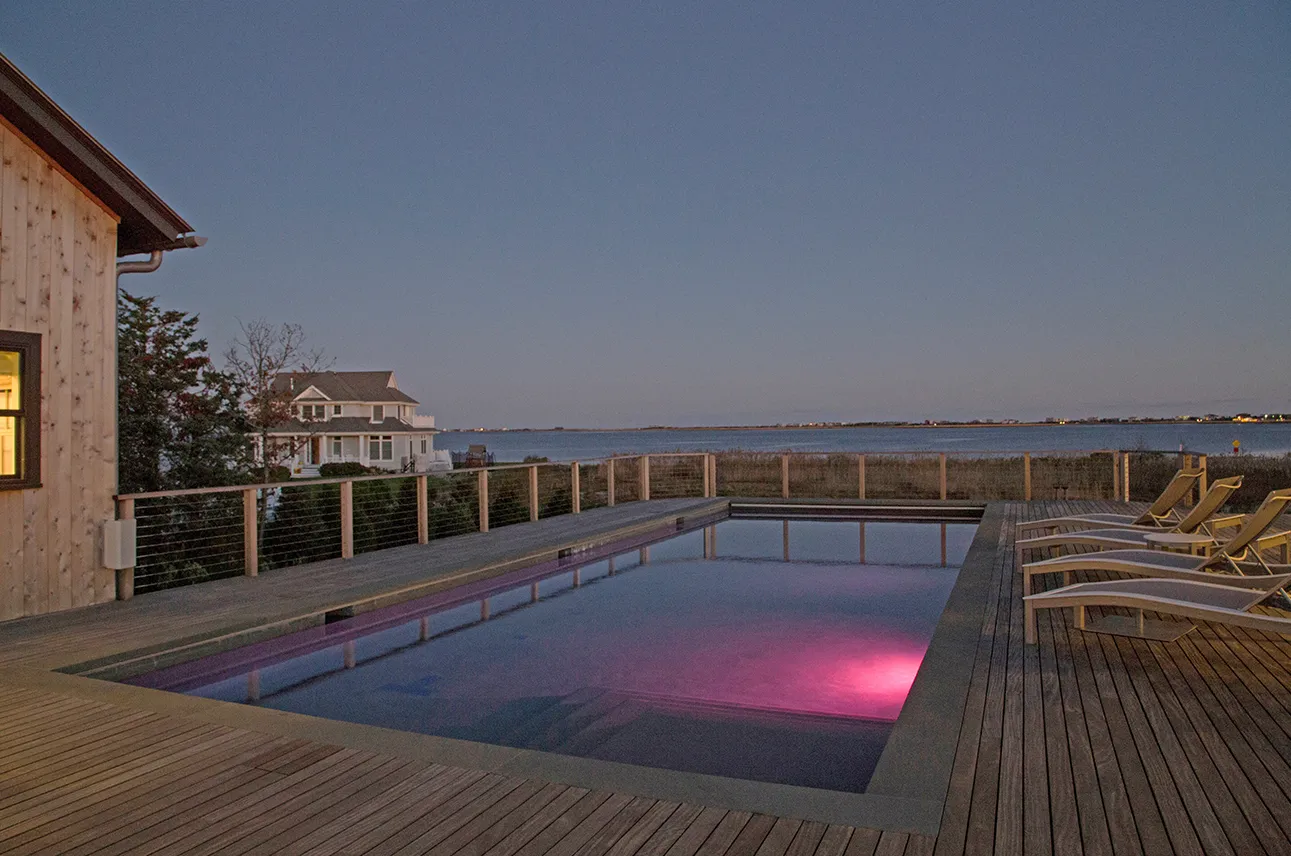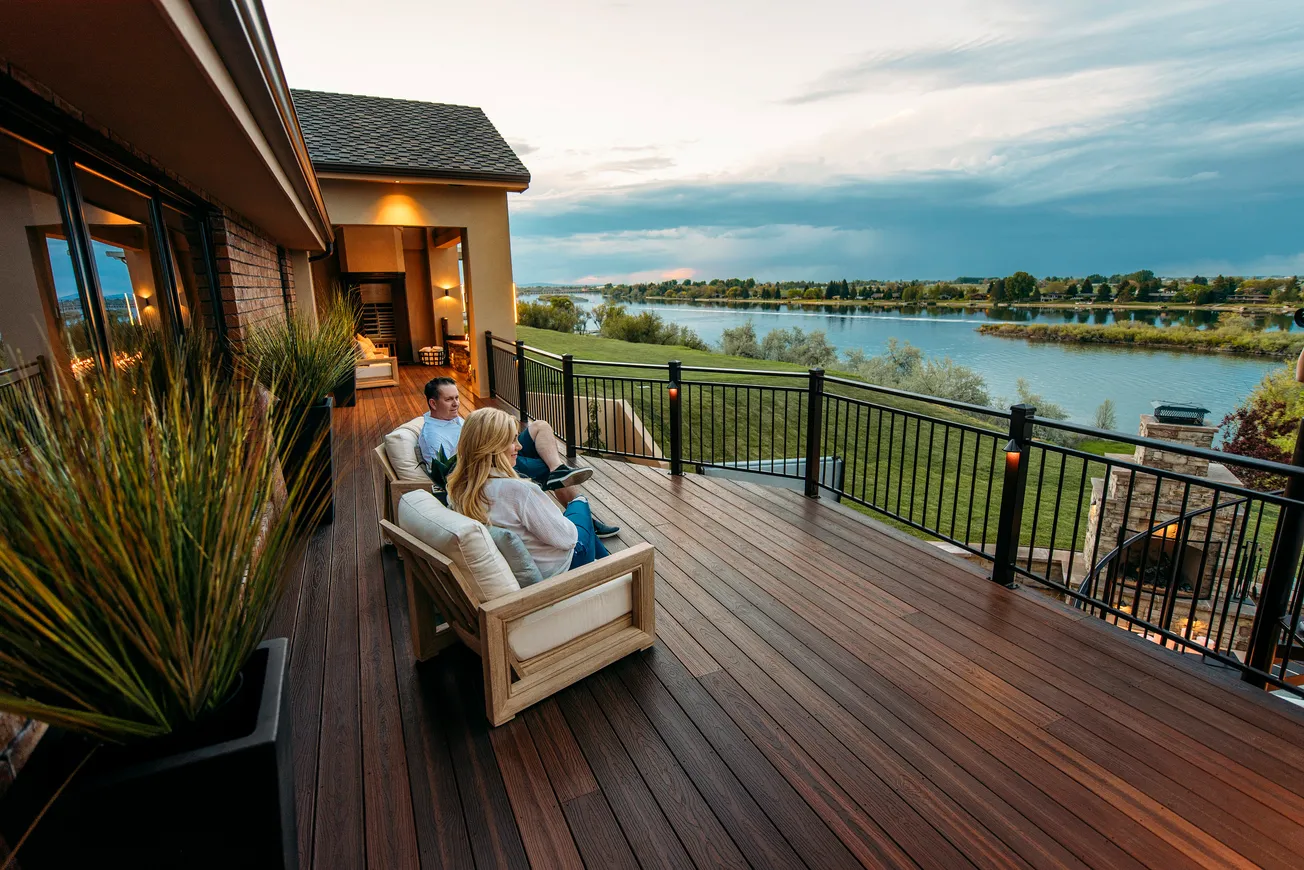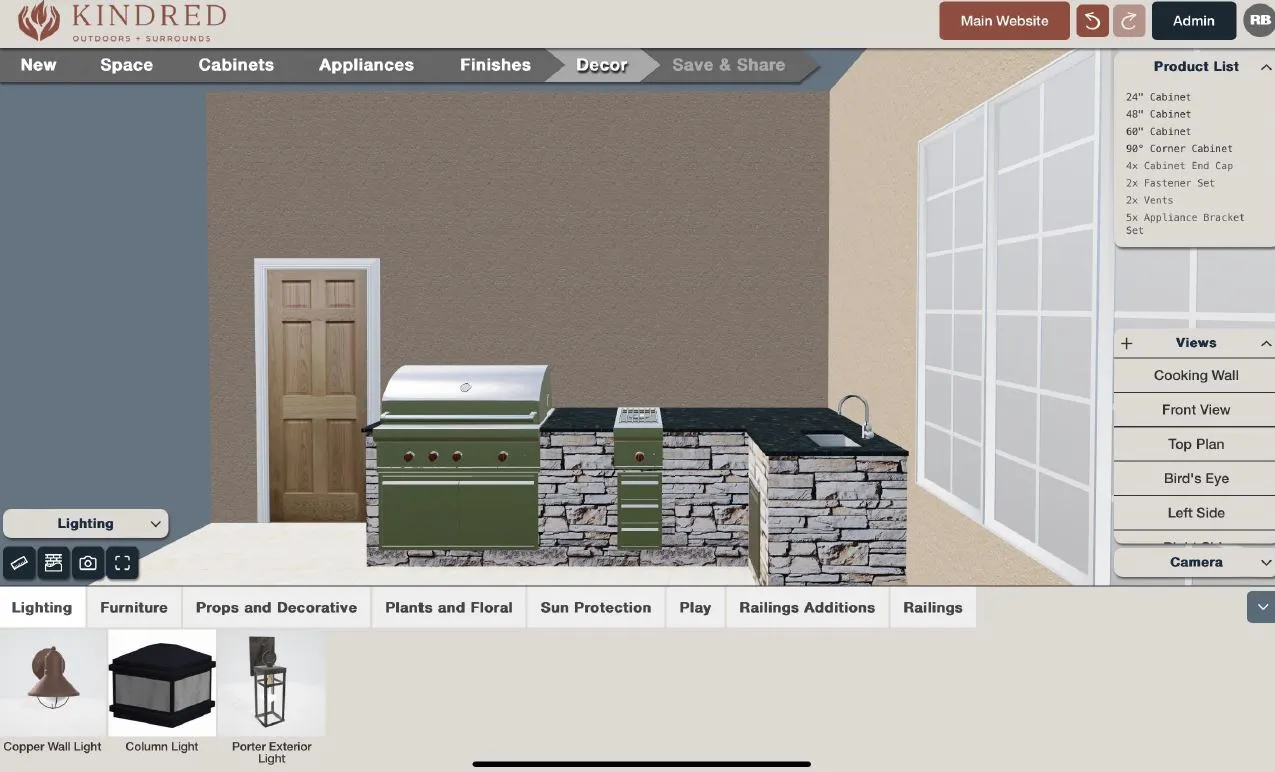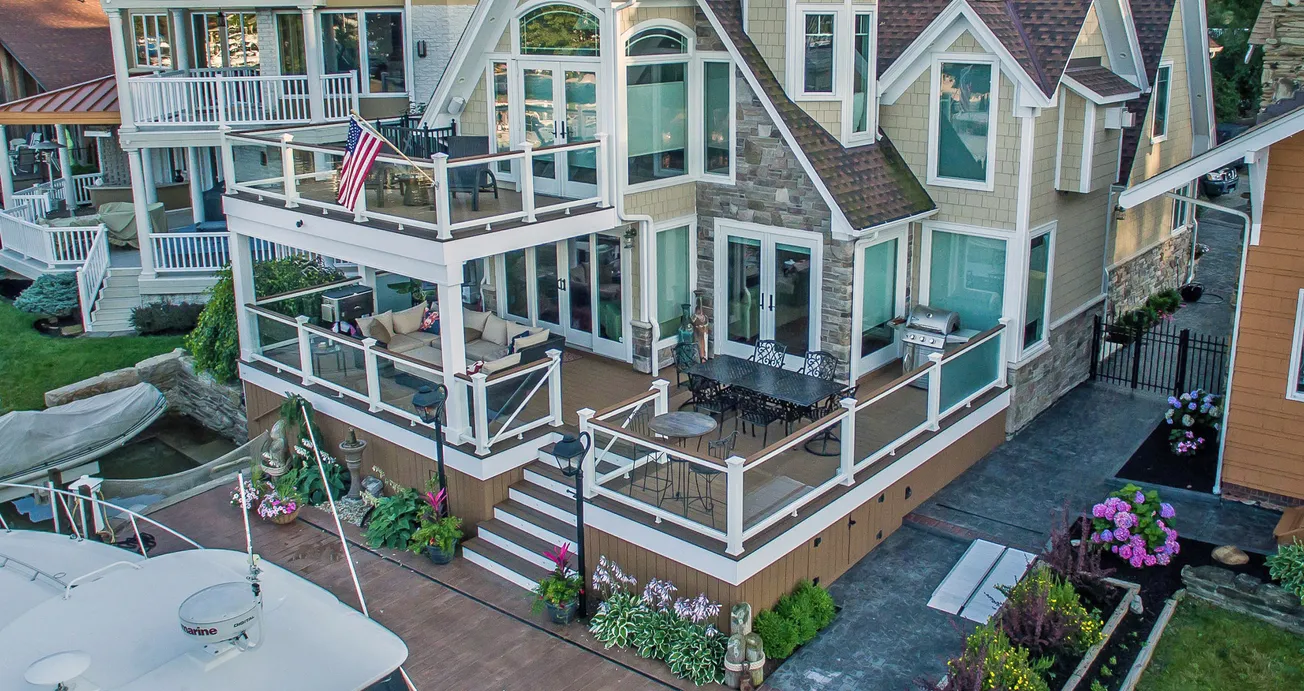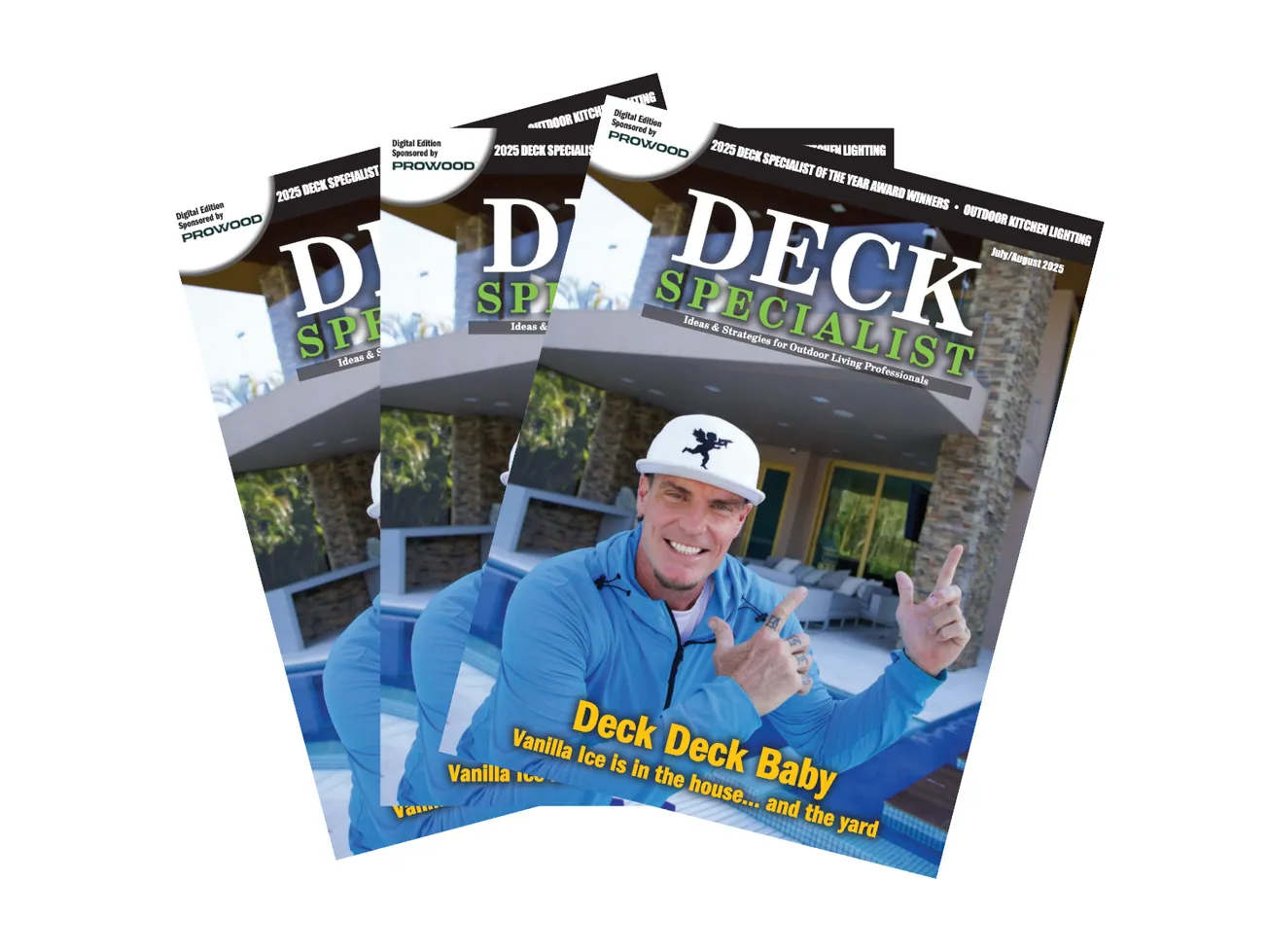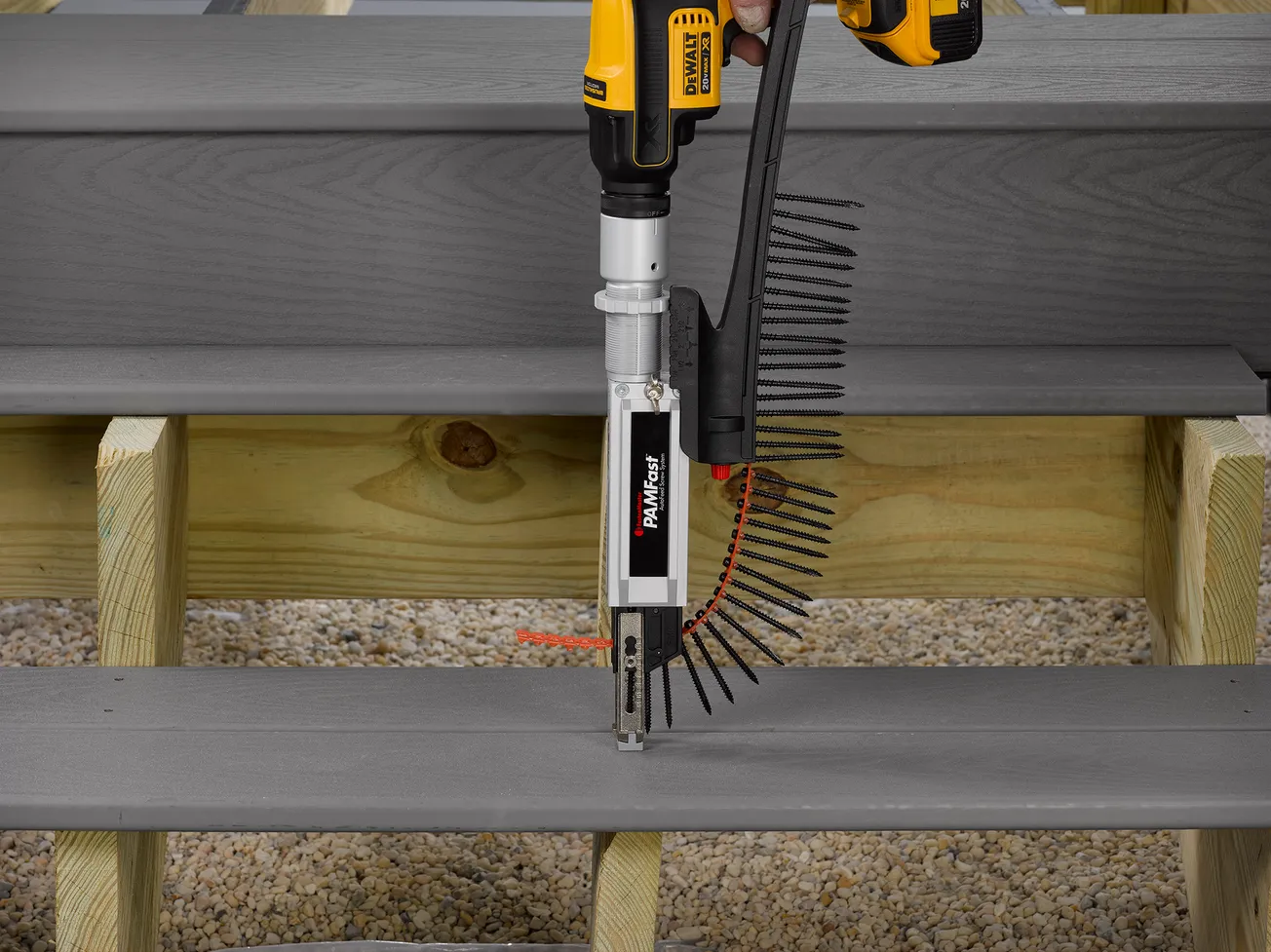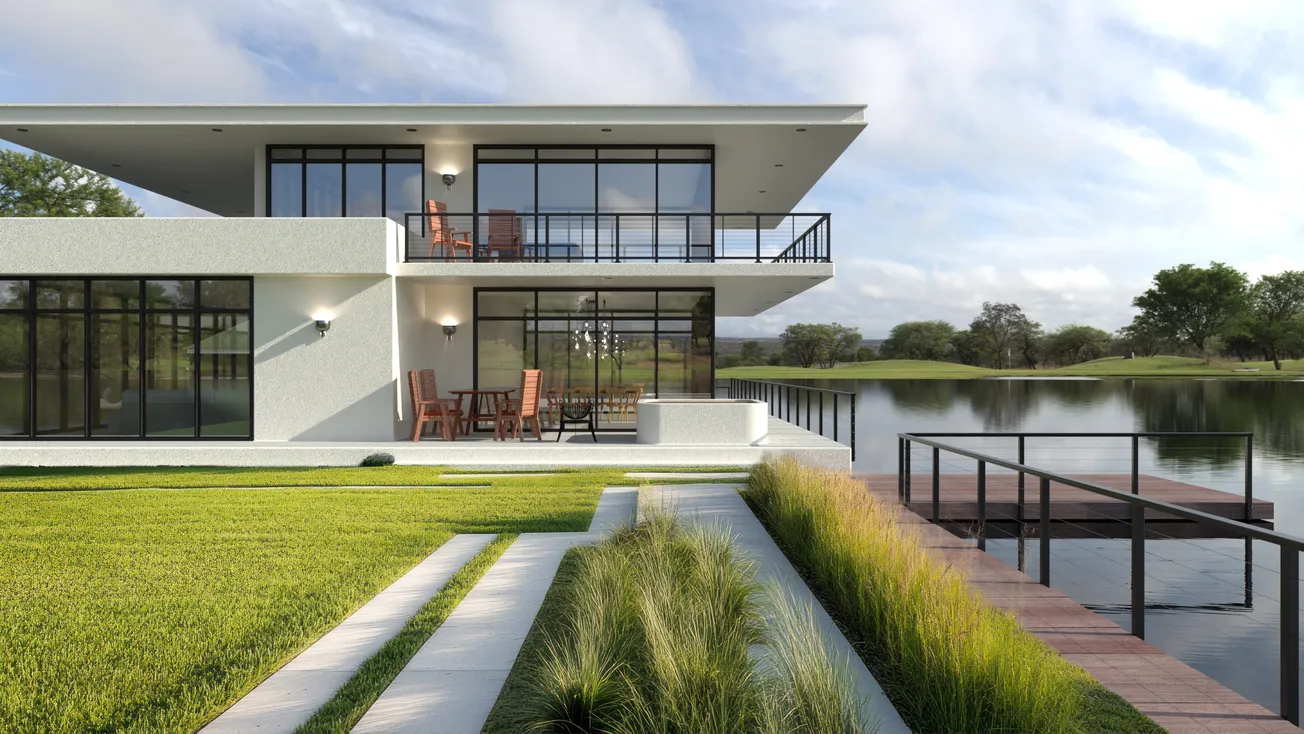Table of Contents
For nearly 70 years, the charming cottage in Southampton, N.Y., sat 5 feet above sea level, a precarious location come storm season. When Hurricane Irene hit the East Coast in 2011, the house suffered severe damage. But Hurricane Sandy, a year later, finished the job. When the storm finally passed and the water level subsided, what remained would have to be completely rebuilt.
Convinced that another superstorm was inevitable, the owners opted to rebuild at 12 feet above sea level using the most resilient construction methods and materials they could find. It would sit on 130 pilings, increasing it up to 14 feet above sea level, with breakaway walls undeath to permit flood waters to pass below. And since their town had recently passed a property tax exemption for LEED-certified homes, they aligned themselves with the Sunset Green Home Project, to create a structure that would also be environmentally friendly in every way.
The home itself would be 3,600 sq. ft., with five bedrooms, five full bathrooms, and two half-baths. A 1,000-sq. ft. pool house would feature a great room, two changing rooms, a full bath, and a wet bar. They’d be connected by a 2,500-sq. ft. elevated hardwood deck with outdoor shower and screen porch, all built around a 16-ft.-by-48-ft. pool with bluestone coping.
In planning the home’s expansive porches and decks, the Sunset Green Home team wanted to use natural wood decking for its aesthetic appeal and comfort underfoot. But they were equally concerned about the deck’s ability to stand up to the harsh coastal environment where Sunset Green Home is located.
“Exotic hardwoods are one of the best alternatives to chemically treated and composite decking, but LEED requires tropical hardwood be Forest Stewardship Council certified—which can be very cost prohibitive,” said project team leader Kim Erle, LEED AP Homes.
For wood to be FSC certified, every company that has a hand in growing, harvesting and wholesaling it must go through a rigorous approval process and provide chain-of-custody documentation every step of the way.
Erle’s team initially chose FSC-certified teak. Unfortunately, the teak arrived in such short lengths (under 7 ft.) and containing cracks and warping that made it virtually unusuable. They rejected the shipment and instead opted for sustainably sourced cumaru, a Bolivian hardwood known for its hardness, insect and rot resistance, and beauty.
Their supplier, New England dealer F.D. Sterritt Lumber, sourced the wood from WalkGreen Certified Wood Products, a division of Poulsbo, WA.-based importer The Magellan Group. “WalkGreen’s cumaru is 100% pure FSC, kiln dried, free of defects, and sourced from responsibly managed sources in the Amazon,” said Tess Lindsey, VP of sales. “The lengths delivered were 7 ft. through 18 ft., odd and even lengths. An extremely dense wood with a durability rating of over 30 years, and a high fire rating, cumaru requires pre drilling.”
The job required over 12,000 lineal ft. of 1×4 kiln-dried S4SEE cumaru, 7/8 inches thick, ample to cover the more than 3,000 sq. ft. of pool decking, cabana flooring, and all porches, set on 2×8 pressure-treated framing material.
Considering the home’s harsh coastal setting and incorporation of a swimming pool, choosing the proper fasteners was critical. The decking was top-nailed with ring shank decking nails from Simpson Strong-Tie in 316 grade stainless steel, which provides greater corrosion resistance than 304 grade stainless steel.
“The deck was fastened with 2-1/2-inch stainless steel screws and used Anchorseal (end sealer) on all the end cuts of the decking to prevent checking and cracking,” added builder Chris Mensch, owner of Coastal Management LLC, Westhampton Beach, N.Y.
For the railings, the team went with clear western red cedar posts and handrails, fabricated on site, along with cable railing components from AGS Stainless. “We chose cedar for two reasons,” Mensch explained. “One was to coordinate with the cedar roofing and siding and the other was to meet the budget and LEED requirements. To purchase 100% FSC-certified cumaru in 4×4 is expensive and not easy to obtain, so we decided to use cedar, which is a sustainable domestic product and readily available.”
Boral TruExterior composite trim finished the job. “All the trim on the deck skirts and step risers are made out of Boral, which is a byproduct of fly ash and holds up really well in a coastal environment,” he said. “It accepts dark paint colors, like the one we used for the house. Other composite trim products won’t work with dark colors; they expand and contract too much between the seasons causing gaps where we join the trim.”
The Sunset Green Home was completed in the summer of 2016 and earned LEED Platinum certification in January 2016. Eighteen months after the deck was installed, it still looks pristine, even a touch dignified with the passing days. The homeowners, noted WalkGreen’s Lindsey, “elected to gray (the wood) out naturally for a coastal aesthetic, as well as to maintain a low maintenance application. Graying it out does not effect the warranty or the durability of this species.”
Builder Chris Mensch agreed: “I am very happy with how the cumaru has held up. The deck is exposed to extreme heat in the summer and extreme conditions all winter long.”
And the next storm? They’re ready.


